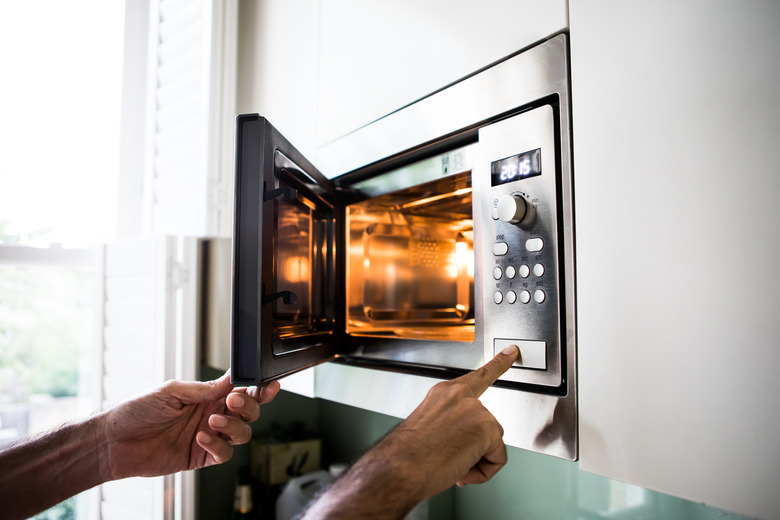How Electronic Timers Work
Electronic Timer Basics
Electronic Timer Basics
Although there are many different kinds of electronic timers, quartz timers are fairly cheap, and so much more accurate than other systems, that they have become the standard. Quartz timers are inside microwaves, computers and many other devices.
Piezoelectric Quartz
Piezoelectric Quartz
Quartz crystal has a very useful property called piezoelectricity. When an electric current is applied to a quartz crystal, the crystal bends. When the crystal snaps back, it releases a little jolt of electricity. How quickly the quartz crystal bends back depends on its size and shape.
The Oscillator
The Oscillator
At the heart of an electronic timer is a very small, and precisely cut, quartz crystal designed to vibrate at a specific frequency. As the crystal repeatedly bends and snaps back up, it sets up an oscillating current–an electric current that increases and decreases in regular waves. Because the quartz crystal is precisely cut, the electronic current oscillates at a predictable speed.
Using the Oscillator
Using the Oscillator
The electronic timer circuit counts the pulses of the oscillator, and makes certain actions happen when there have been a certain number of pulses. For example, a timer circuit in a watch would count pulses until a second has passed, then send a signal to display the next second, and restart the count. Another part of the circuit could then count seconds until a minute has passed, and then increment the minute counter. Timers can also send signals to other devices. For example, a timer in a burglar alarm might give someone 20 seconds to deactivate the alarm after a key is inserted in the door lock before triggering the alarm system, and contacting the security company.
Cite This Article
MLA
David, Isaiah. "How Electronic Timers Work" sciencing.com, https://www.sciencing.com/electronic-timers-work-5053018/. 28 May 2009.
APA
David, Isaiah. (2009, May 28). How Electronic Timers Work. sciencing.com. Retrieved from https://www.sciencing.com/electronic-timers-work-5053018/
Chicago
David, Isaiah. How Electronic Timers Work last modified March 24, 2022. https://www.sciencing.com/electronic-timers-work-5053018/
